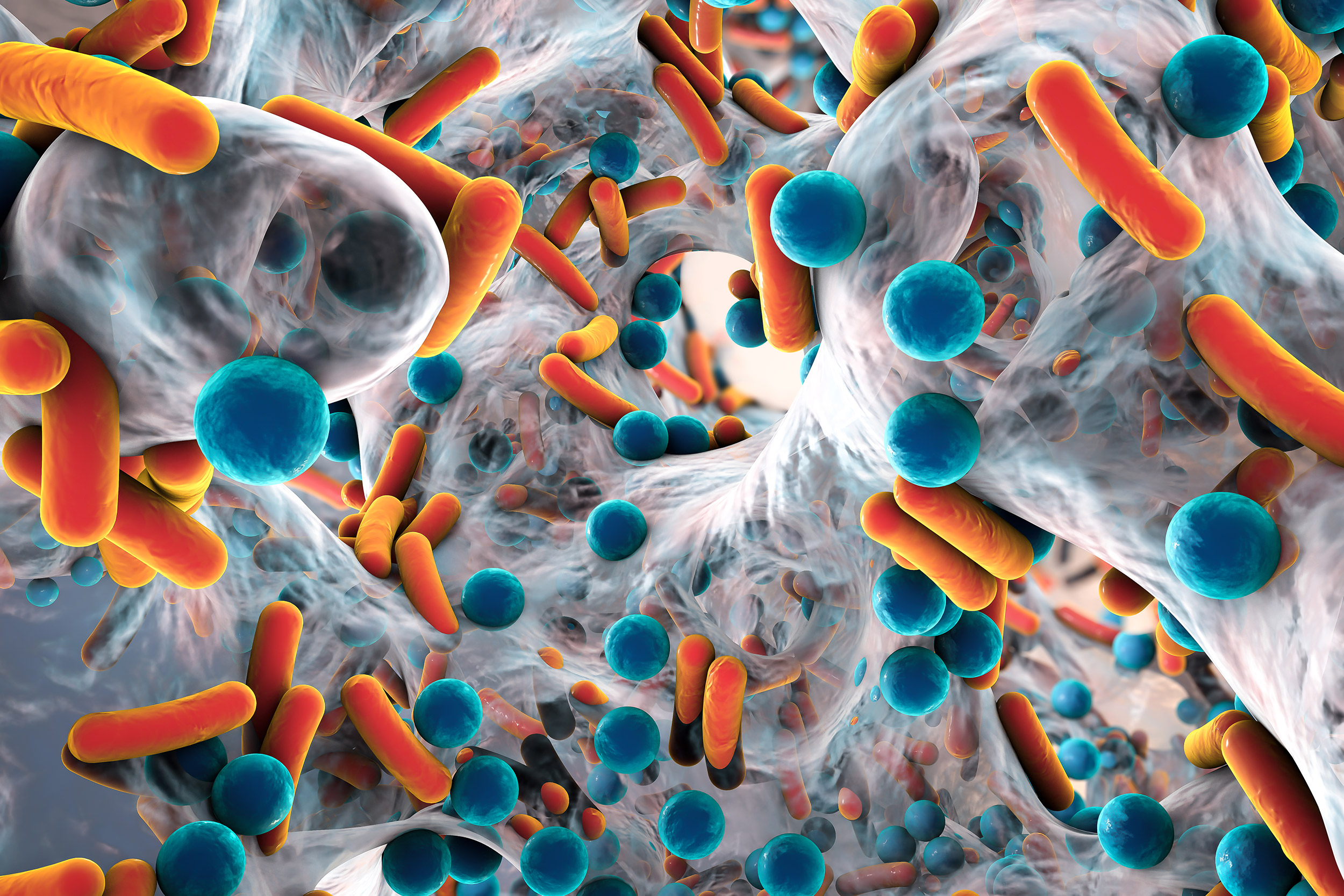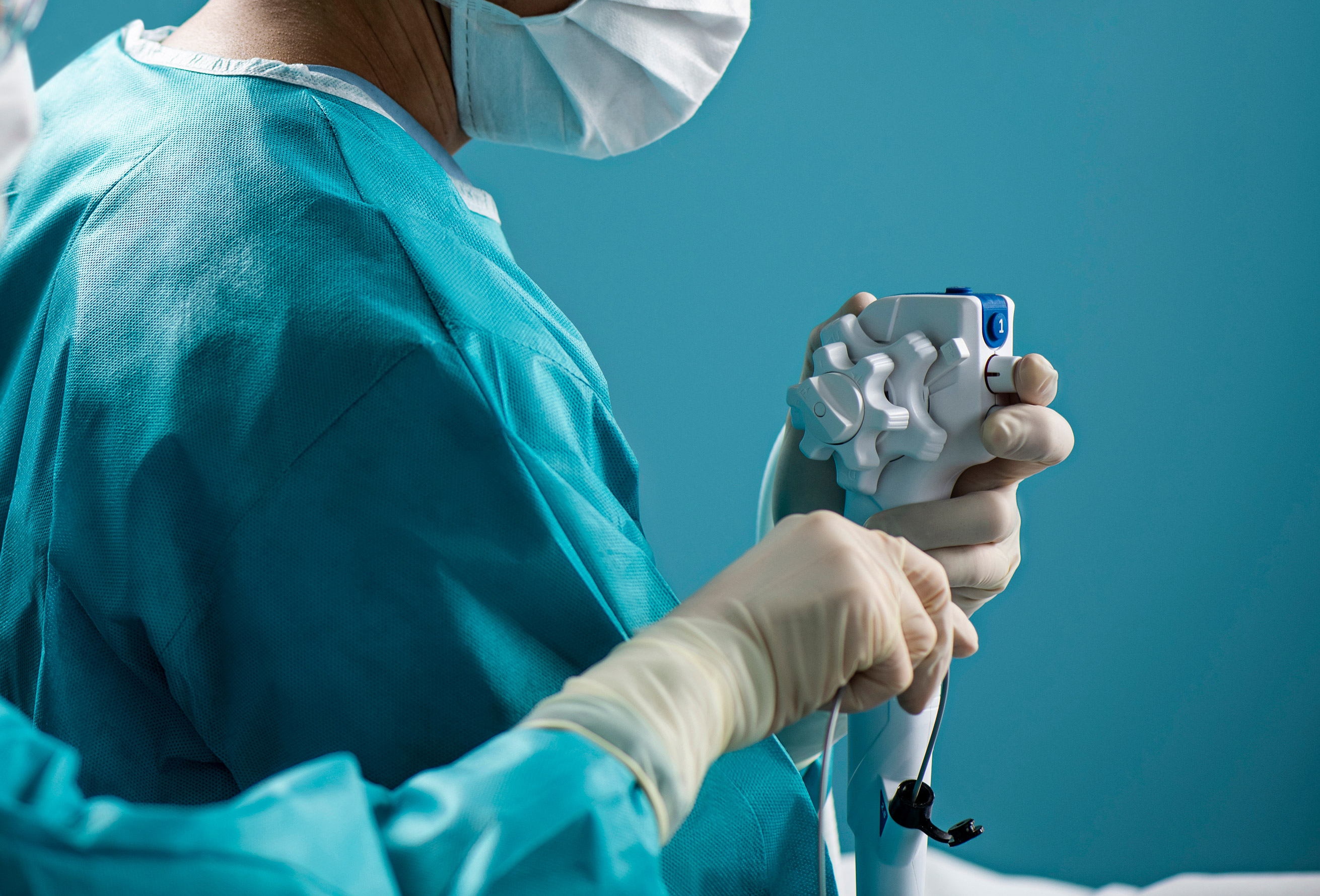
In as little as one month and approximately 60 procedures, brand new gastroscope biopsy, air, water, and air/water junction channels can show signs of damage and even test positive for biofilm.
This is according to a study out of Brazil that sought to determine if endoscope channel damage and biofilm formation could occur on gastroscopes within 30 or 60 days.
Infection Control and Hospital Epidemiology published “Biofilm accumulation in new flexible gastroscope channels in clinical use” in January 2021. The study was conducted at a 235-bed medical center in central Brazil.
“The short time before damage and biofilm accumulation in the channels suggests that improvements in the endoscope design are needed,” the study concluded. “Improving design, maintenance, and reprocessing of endoscopes worldwide will ensure safe use of these devices.”
Researchers replaced the biopsy, air, water, and air/water junction channels on six flexible gastroscopes at the start of the study period. Three scopes were tested after 30 days (and approximately 60 procedures and reprocessing cycles) and the other three were tested after 60 days of clinical use.
The reprocessing protocols at the medical center had been revamped prior to the study period, and nurses had only just completed a three-week training course in cleaning and disinfecting flexible gastroscopes, according to the study.
Extensive biofilm formation was observed in the air, water, and air/water junction channels at the end of the study period in spite of these reprocessing efforts. All gastroscope channels showed residual matter, with bacteria most likely to be found on air channels. No multidrug-resistant organisms were detected during surveillance testing, the study found.
Lumen degradation was observed in most channels replaced just 30 or 60 days prior. Previous studies have demonstrated how endoscope channel damage can hinder reprocessing efforts as contaminants can shelter in grooves and nicks during cleaning.
The quick biofilm formation was highlighted as a particular concern because biofilm can act as a kind of shield for microorganisms and even protect them from high-level disinfection.
The study authors noted one particular design challenge with flexible gastroscopes that they believe contributed to biofilm formation: the water and air channels and their junction. This portion of flexible gastroscopes is not accessible by brush during the manual cleaning phase, according to this study. the Unfortunately, the force of irrigation jets during automated high-level disinfection is also not strong enough to remove strongly adhered organic matter.


